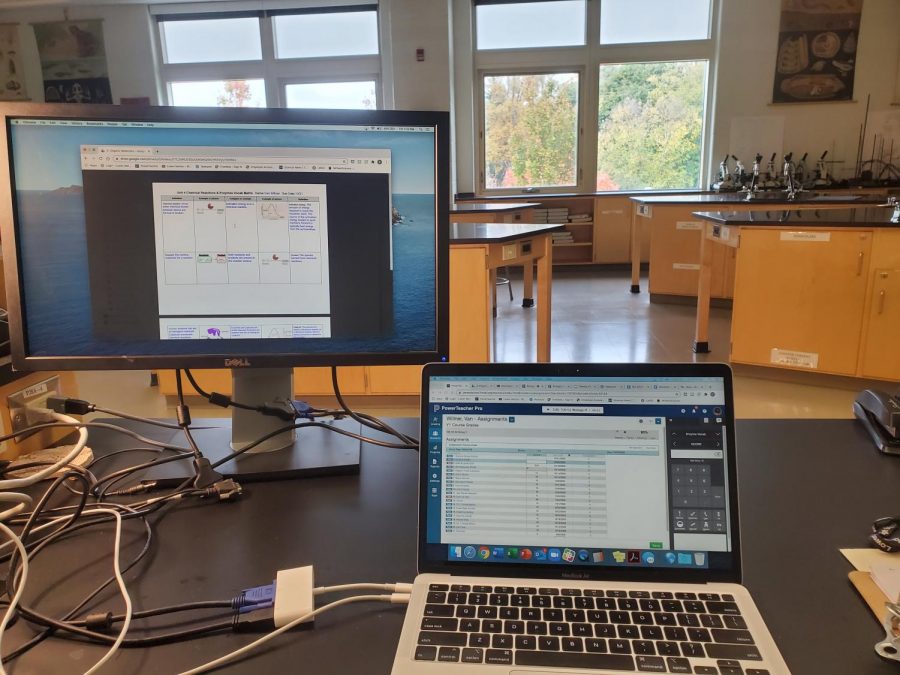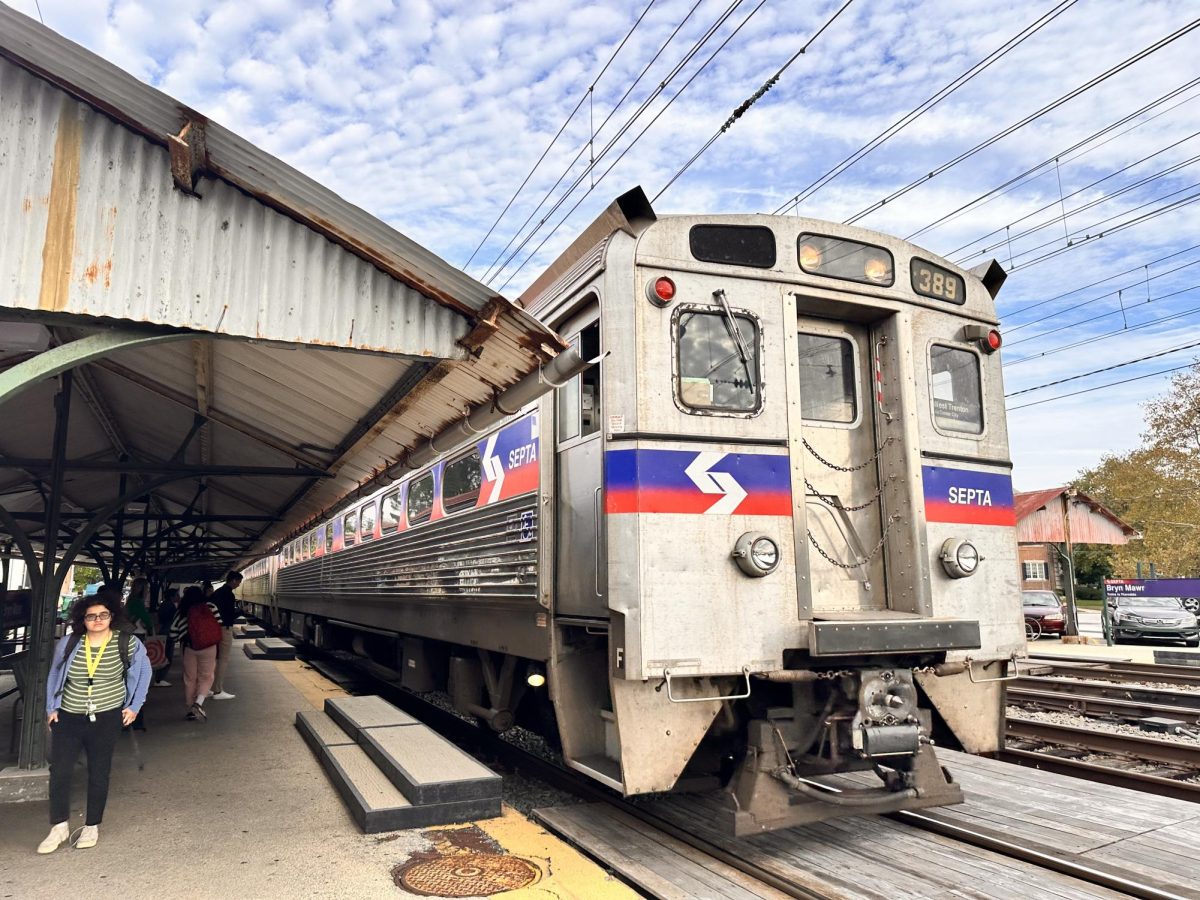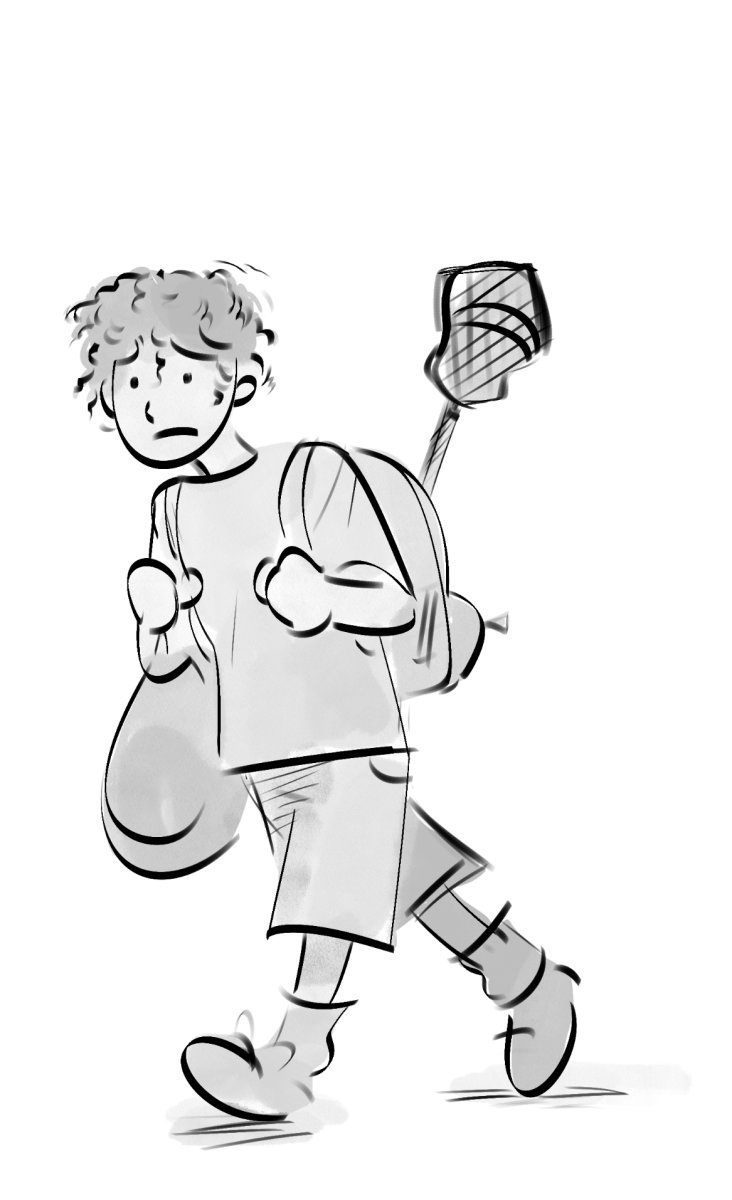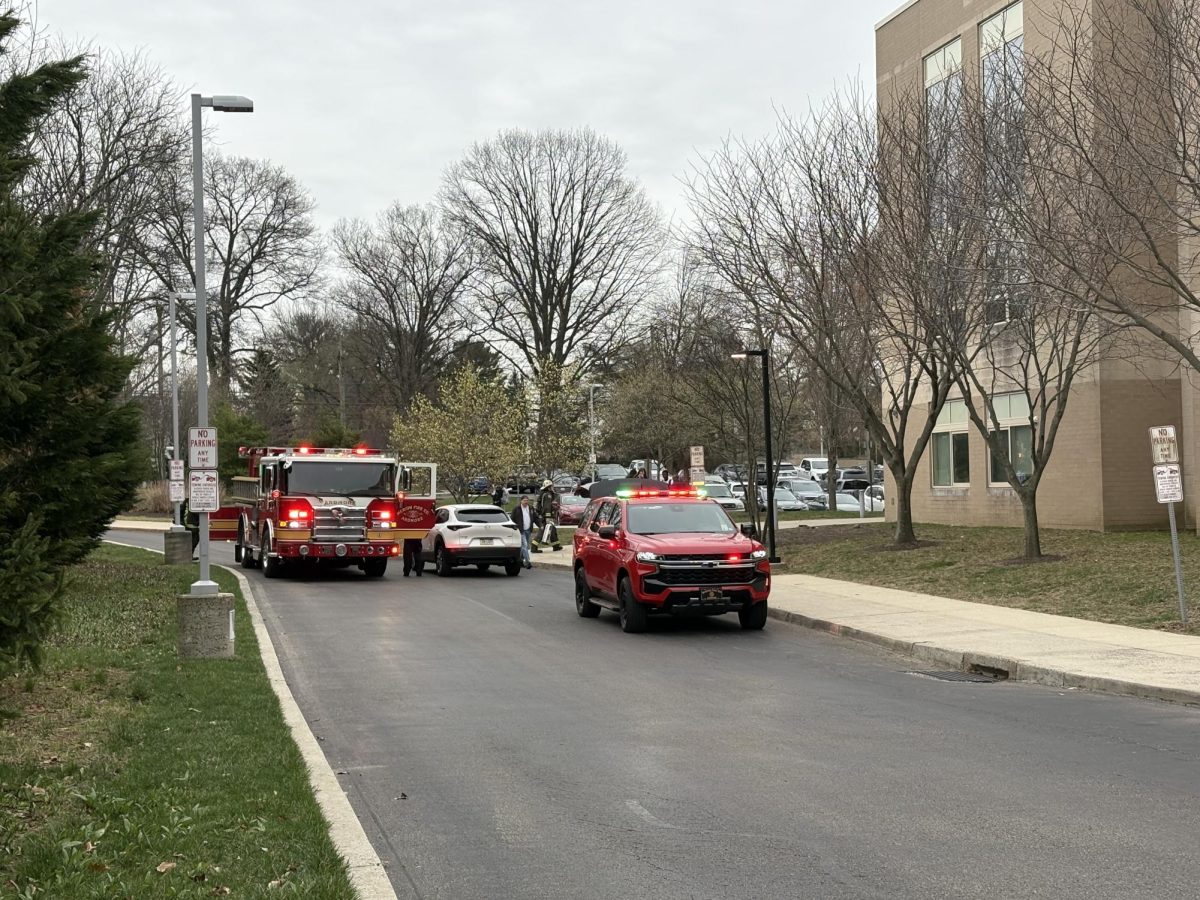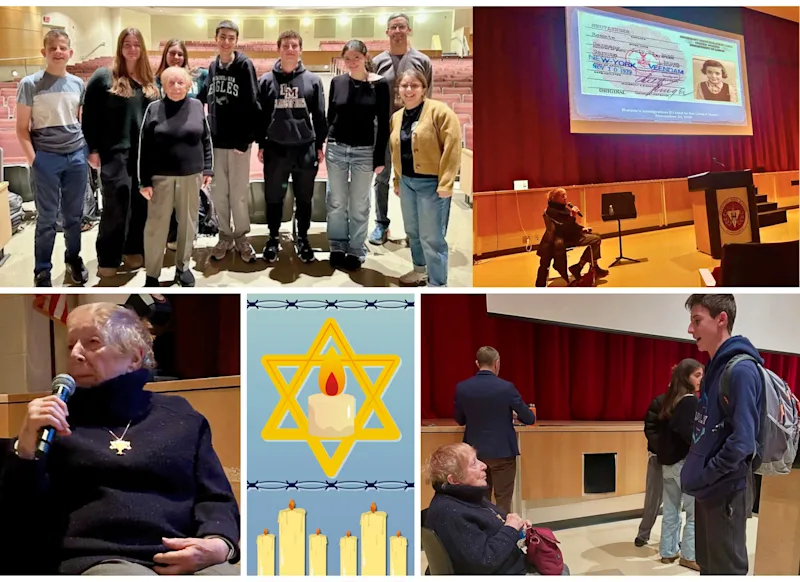Since the introduction of the hybrid schedule on October 19, many LM classes have changed in a variety of different ways. Science teacher Dr. Carter-Montgomery, Foods and Nutrition teacher Jennifer Dawson, and Instructional Assistant Dawn Chapman shared their experiences about hybrid learning and how the new learning model changed their classes and teaching styles.
One of the most challenging aspects of the hybrid model last month for Carter-Montgomery was the abundance of technological requirements necessary to instruct classes with a variety of students simultaneously in-person and virtually. In her classes, Carter-Montgomery missed “not being able to do all the labs, dissections and hands-on activities that accompany science class.” Additionally, she added that it is difficult “taking a course that is inquiry-based and that heavily encompasses labs and hands-on activities and adjusting them to a virtual model but still keeping them engaging and fun for students.” Altogether, she preferred “the closeness and warm atmosphere” of in-person class.
Similarly, Dawson shared, “It’s been a challenge to get to know the students with the schedule the way it is.” She loved the social aspects of in person education, like Radnor Week, student sporting events, and Lunch and Learn. Dawson discussed that “every day gets a little easier, but still lots of trial and error! The students have been really patient though and the teachers all help each other out.” Margaret Drake, who also teaches Foods and Nutrition, added that she misses “being able to cook in groups. Foods and Nutrition class is more than just a cooking class we are also teaching students to get along and work within a group towards a common goal, a recipe.” Finally, Dawson shared a funny technology-related story about a Zoom bomber on the first day of class. When the Zoom bomber appeared, “I didn’t know what to do, so I panicked and shut down the meeting and then sent the class an email to restart.”
Chapman shared her colleagues’ sentiment regarding in-person learning and being able to spend time with students. “The goal in our classroom has always been to have a second home to take a break and a place to recharge. We did our best to keep this vibe, but with tape, spacing, less seating and a new aroma of sanitizer/cleaning wipes it has been a unique challenge.” She enjoyed the daily “eyeball contact” she got when students attended class in-person, even if only in a hybrid model. Just like her fellow teachers, Chapman finds the heavy reliance on technology quite a challenge. “When I look at my screen during a Zoom session, I swear the many open tabs to navigate documents, Blackboard, Zoom or other materials for a class… it looks like the inside of my brain.”
Unfortunately, Chapman and her fellow teachers will now have to deal with the effects of remote learning: mounting technological challenges, adjusting to fully remote lesson plans, and handling no in-person interaction or communication with any students as the spike in COVID-19 cases has caused LM to temporarily eliminate hybrid learning and return to full remote instruction. Principal Sean Hughes put it well when he recently thanked everyone for their “continued flexibility and support as we continue to navigate this challenging year.”


